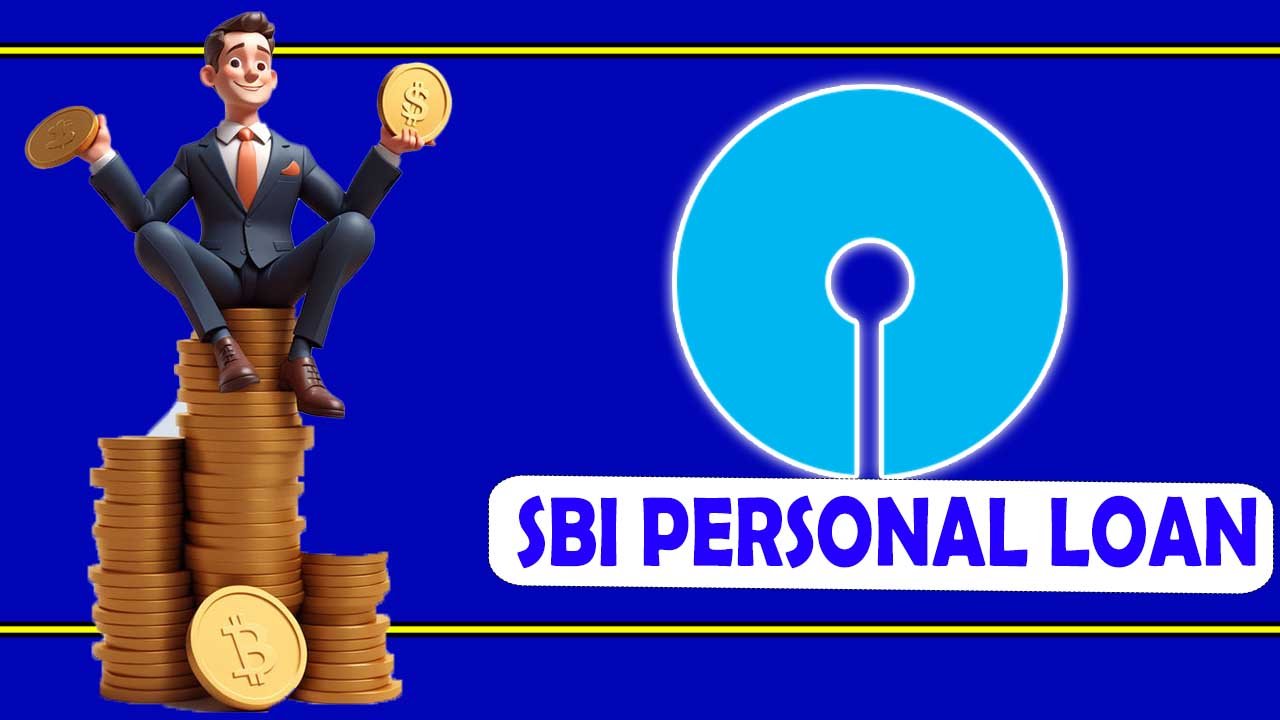In today’s dynamic world, education remains a beacon of personal and professional growth. However, the financial implications of pursuing higher education can be substantial. Educational loans have emerged as a crucial financial solution, providing students with the means to fulfill their academic aspirations. This article aims to explore the world of educational loans, shedding light on their benefits, application process, and the transformative impact they have on shaping the educational landscape.
Understanding Educational Loans
Educational loans, commonly referred to as student loans, serve as financial instruments designed to assist individuals in financing their educational pursuits. These loans cover various costs, including tuition fees, accommodation, books, and other related expenses. Unique in their structure, educational loans often come with favorable terms such as deferred repayment options and competitive interest rates, recognizing the financial challenges students may face during their academic journey.
Key Features of Educational Loans
- Low-Interest Rates: Educational loans typically offer lower interest rates compared to other types of loans. This feature alleviates the financial burden on students and their families.
- Deferred Repayment: A standout feature of educational loans is the option for deferred repayment. Students often enjoy the flexibility to commence repaying the loan after completing their education or securing employment, providing a grace period to establish their careers.
- Flexible Repayment Plans: Lenders frequently offer various repayment plans tailored to the borrower’s financial situation. This flexibility allows students to choose a plan that aligns with their income, ensuring manageable monthly payments.
- No Requirement for Collateral: Most educational loans do not require collateral. This accessibility makes them available to a broader range of students, including those without substantial assets or a credit history.
- Coverage of Various Expenses: Educational loans extend beyond covering tuition fees, also encompassing related expenses such as accommodation, books, equipment, and even travel costs for students studying abroad.
Application Process for Educational Loans
- Research and Choose a Lender: Commence by researching different lenders, including banks, credit unions, and government-backed programs. Compare interest rates, repayment terms, and additional benefits offered by each.
- Check Eligibility: Lenders typically stipulate specific eligibility criteria, including academic performance, course of study, and sometimes income levels. Ensure compliance with these criteria before initiating the application.
- Gather Necessary Documents: Prepare the required documents, which may include proof of admission, academic records, and financial statements. Having these documents ready streamlines the application process.
- Submit Application: Complete the loan application process by providing accurate and truthful information. Some lenders may require a co-signer, such as a parent or guardian, especially for students with limited credit history.
- Approval and Disbursement: Upon approval, the lender disburses the loan amount directly to the educational institution or, in some cases, to the borrower. The funds can be utilized to cover tuition and other approved expenses.
Impact on Education
Educational loans play a pivotal role in leveling the playing field for higher education. They empower students to pursue their academic goals without being restricted by financial barriers, contributing to a more educated and skilled workforce. This accessibility fosters economic growth and societal development.
Challenges and Considerations
While educational loans offer significant advantages, borrowers should be mindful of potential challenges:
- Accumulating Debt: Excessive borrowing can lead to a substantial debt burden after graduation. Responsible borrowing is crucial for effective financial planning.
- Interest Accrual: Interest may accrue on the loan during the grace period or deferment, potentially increasing the overall repayment amount. Understanding the interest terms is essential for effective financial planning.
- Job Market Realities: While education enhances employability, external factors such as the job market conditions can influence the ease of securing employment after graduation. Students should be aware of potential challenges in finding suitable employment.
Conclusion
Educational loans stand as powerful tools, enabling students to unlock doors to higher education. With careful consideration and responsible borrowing, students can leverage these loans to invest in their future and achieve their academic and career aspirations. As the educational landscape continues to evolve, educational loans remain a beacon of financial support, ensuring deserving individuals have the opportunity to realize their educational dreams.
Read More..
How To Apply Mudra Loan Scheme | Micro Units Development
business venture is on the ascent, with numerous people trying to begin their own organizations. Notwithstanding, one normal test looked…
What is Gold loan | How to apply Gold loans
In times of financial need, exploring diverse avenues for borrowing becomes essential. Among these options, a loan against gold stands…
SBI (State Bank Of India) personal loan eligibility | How
SBI Personal Loan Eligibility Made Easy Planning a wedding, pursuing higher education, or tackling unexpected medical expenses—life throws us curveballs that…
What are the requirements for bike loan | Eligibility
Who Qualifies in India? In India, having your own bike isn’t just about transportation; it signifies freedom and accessibility. But when…
How To Get Quick Loans On Apps
In this fast-paced digital era, financial technology has reshaped the way we manage our finances. A notable innovation in this…
How to apply for personal loan in india
1. Understand Eligibility Criteria: Before diving into the application process, familiarize yourself with the eligibility criteria set by lenders. Common factors…






